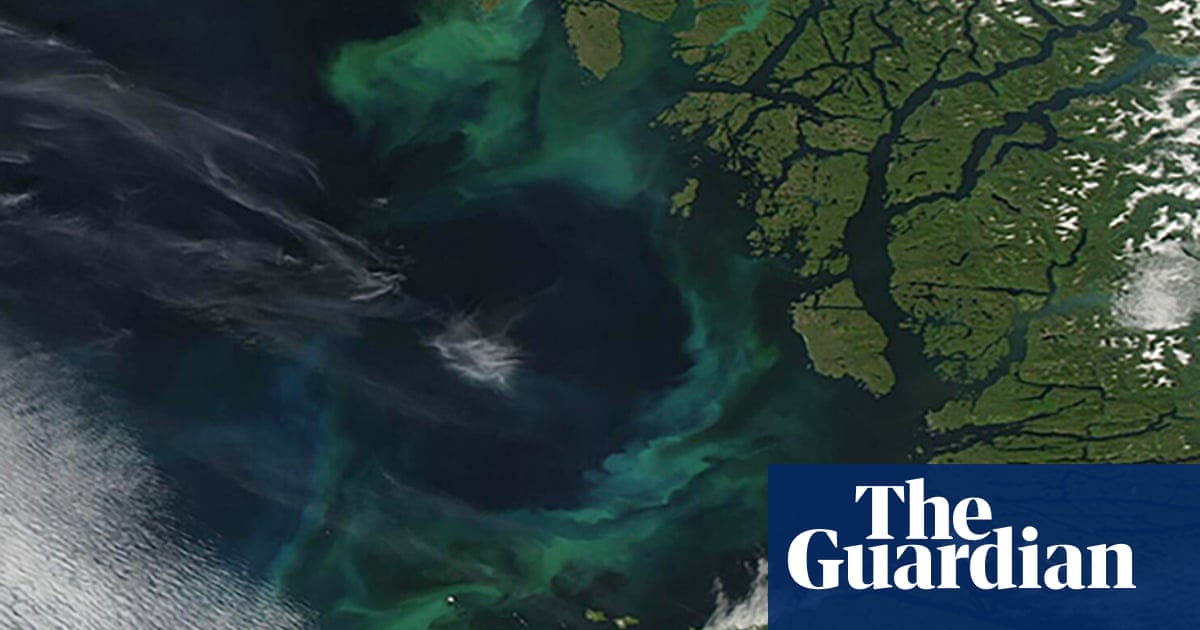
Just 3% of the world’s land remains ecologically intact with healthy populations of all its original animals and undisturbed habitat, a study suggests.
These fragments of wilderness undamaged by human activities are mainly in parts of the Amazon and Congo tropical forests, east Siberian and northern Canadian forests and tundra, and the Sahara. Invasive alien species including cats, foxes, rabbits, goats and camels have had a major impact on native species in Australia, with the study finding no intact areas left.
The researchers suggest reintroducing a small number of important species to some damaged areas, such as elephants or wolves – a move that could restore up to 20% of the world’s land to ecological intactness.
Previous analyses have identified wilderness areas based largely on satellite images and estimated that 20-40% of the Earth’s surface is little affected by humans. However, the scientists behind the new study argue that forests, savannah and tundra can appear intact from above but that, on the ground, vital species are missing. Elephants, for example, spread seeds and create important clearings in forests, while wolves can control populations of deer and elk.
The new assessment combines maps of human damage to habitat with maps showing where animals have disappeared from their original ranges or are too few in number to maintain a healthy ecosystem. Some scientists said the new analysis underestimates the intact areas, because the ranges of animals centuries ago are poorly known and the new maps do not take account of the impacts of the climate crisis, which is changing the ranges of species.
It is widely accepted that the world is in a biodiversity crisis, with many wildlife populations – from lions to insects – plunging, mainly due to the destruction of habitat for farming and building. Some scientists think a sixth mass extinction of life on Earth is beginning, with serious consequences for the food, and clean water and air that humanity depends upon.
“Much of what we consider as intact habitat is missing species that have been hunted [and poached] by people, or lost because of invasive species or disease,” said Dr Andrew Plumptre, the lead author of the study, from the Key Biodiversity Areas Secretariat in Cambridge, UK. “It’s fairly scary, because it shows how unique places like the Serengeti are, which actually have functioning and fully intact ecosystems.
“We’re in the UN decade of ecosystem restoration now, but it is focusing on degraded habitat,” he said. “Let’s also think about restoring species so that we can try and build up these areas where we’ve got ecologically intact ecosystems.”
The research, published in the journal Frontiers in Forests and Global Change, used maps of the ranges of 7,000 species in 1,500 and today from the International Union for Conservation of Nature’s Red List. Most of the data was for mammals, but it also included some birds, fish, plants, reptiles and amphibians. Many of the intact areas identified were in territories managed by indigenous communities. The analysis did not include Antarctica.
“It might be possible to increase the ecological intact area back to up to 20% through the targeted reintroductions of species that have been lost in areas where human impact is still low, provided the threats to their survival can be addressed,” said Plumptre. He cited the successful reintroduction of wolves into Yellowstone national park in the US, which transformed the ecosystem.
Prof Pierre Ibisch, at the Eberswalde University for Sustainable Development in Germany and not part of the study, said finding just 3% of land was intact was “predictably devastating”. He said: “We need to give nature significantly more space to carry us into the future, [but] I fear that the reintroduction of a few species in certain areas is not a gamechanger.”
Ibisch said the analysis did not take account of the climate crisis. “Accelerating climate change is becoming the overarching threat to the functionality of entire ecosystems. Yesterday’s mammal intactness hardly tells us a lot about the functioning ecosystems in the [global heating] age.”
Prof James Watson at the University of Queensland, Australia, said: “This study undervalues many efforts by ecosystem scientists to map and save ecologically intact places across the planet. It uses maps for species that are basically best guesses, meaning the message of where ecosystems are actually still pretty much intact is clearly minimised.”
Plumptre acknowledged that the species range maps were relatively crude and said the 3% figure was a “ballpark estimate”. He said: “The trouble is, at the moment, we don’t have any other maps.” Scientists should next focus on specific regions and use more detailed human impact data and species data to identify ecologically intact sites, he said.
In January, more than 50 countries committed to protect almost a third of the planet by 2030 to halt the destruction of the natural world. “Putting efforts into conserving these [intact] places is very important,” Plumptre said. “They are so rare and special, and show what the world was like before humans had any major impact, helping us measure how much we’ve lost.”












